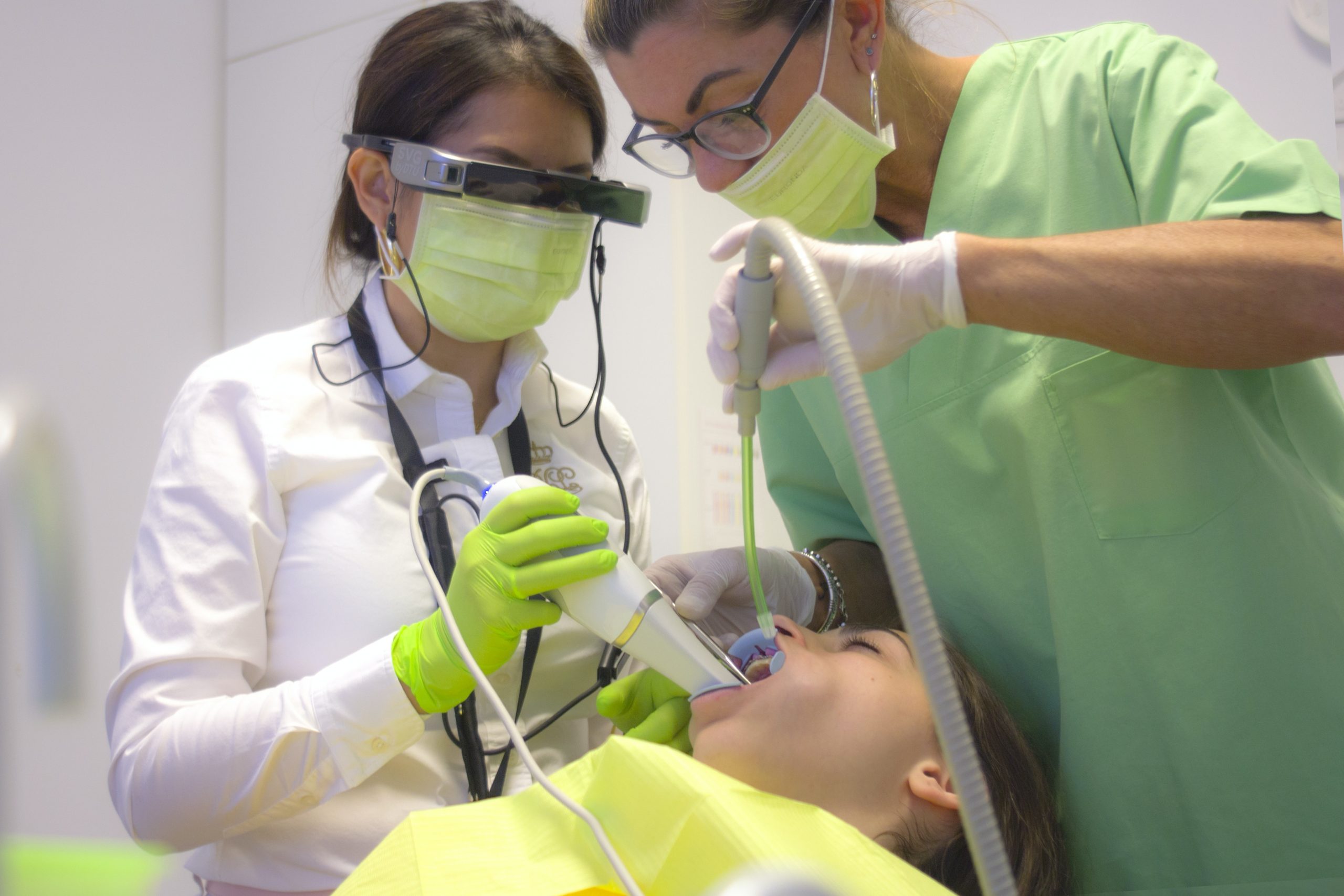
Virtual reality technology transforming COVID-19 drug discovery
Virtual reality enables researchers to visulise the molecular dynamics. In early March, the Behavioral Research Laboratory, which conducted a series of studies, taking participants to hospitals and working closely in face-to-face meetings. While the global research community is looking for safe ways to continue experimenting amid the ongoing pandemic, one option looks particularly promising: virtual reality.
Although virtual reality has not yet become mainstream in medical research, it has a long history in some areas. For its part, the research community is working to make distributed virtual clinical trials a reality.
While some important medical research continues in conventional laboratories, including COVID19 and countermeasures, many researchers will need to find ways to work in a university setting and may be provided with virtual solutions.
Medical and healthcare research organizations have extensive experience in protecting confidential information in cyberspace. We may need to build infrastructure even when it is in use, but once the benefits and benefits are identified, medical research in virtual reality is likely to continue. This tool uses interactive virtual reality molecular kinetic simulations to allow researchers to delve deeper into SARSCoV2 enzymes and visualize the molecules that bind to them.
Scientists have developed an open-source platform that allows researchers to visualize and explore the molecular kinetics of SARSCoV2 enzymes and drugs in virtual reality.
The group claims that the tool will accelerate the identification of antiviral drugs for SARSCoV2, and will also allow teams to collaborate despite the need to work remotely and on social media. A research team from the University of Bristol, UK, used Narupa to develop a major inhibitor of the SARSCoV2 protease, a promising target to combat the virus-induced COVID19 pandemic.
His work was published in the Journal of Chemical Modeling and Information. Studies have shown that SARSCoV2 Mopar inhibitors can suppress viral replication and therefore can be effective drugs. Therefore, researchers around the world are trying to find these molecules.
According to the team, the main indicator of the effectiveness of an inhibitor is how well it binds to the target; Thus, the ability to visualize how a drug candidate interacts with its target allows researchers to alter its structure to make it more stable. This is precisely what their new virtual structure allows scientists to simulate interactive "molecular dynamics".
Professor Adrian Mulholland of the University of Bristol School of Chemistry and lead author of the study explains: “We have shown that interactive virtual reality can simulate the binding of viral proteins and inhibitors to enzymes." Researchers can use this tool to understand how enzymes work. This will help with drug development and testing. We share these models with the entire community.
In their study, the Bristol team created the 3D structure of the SARSCoV2 Mopar model and used molecular dynamics simulations interacting with virtual reality to "enter" and visualize the molecules involved.
Professor Mulholland added: “There are numerous attempts around the world to identify drug carriers for COVID19. Our iMDVR tools will be a valuable resource enabling virtual collaboration for the community. Destruction of SARSCoV2 targets is possible. One interesting aspect is that it also allows researchers to collaborate in a new way: using cloud computing, they can solve drug detection problems simultaneously when they are in different locations. Different, maybe even in different countries, working at the same time. in the same region. virtual particles. "
Computer simulations of how a drug binds to the mutant SARSCoV2 protein has played a key role in advancing the global fight against the pandemic. Alison Derbenwick Miller, VP of Research, Oracle. Oracle High-Performance Cloud Infrastructure has supported the development of this infrastructure. Expanding the cloud-related rity is exactly what Oracle Research is designed to do.
Virtual Reality is a nanostructured technology that displays molecular data and assists in drug discovery. Given the danger posed by multiple physical spaces during the COVID19 pandemic, virtual reality is a natural solution to many new and bigger challenges. Reality has improved the way we live, learn, play and communicate, and healthcare has always been an area where applied virtual reality shines.









